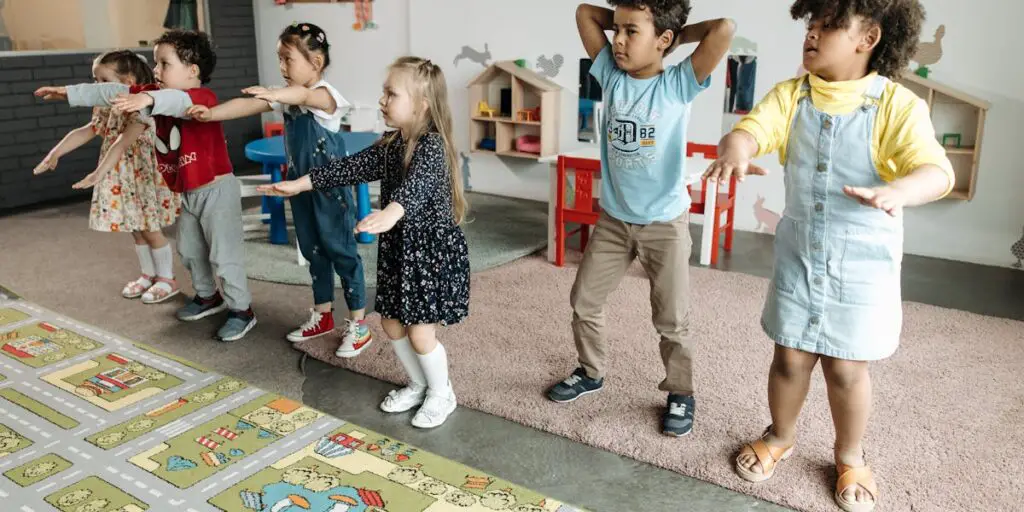Programme Code: MSO
Course Code: MSO-004
Assignment Code: MSO-004/AST/TMA/2024-25
Religion plays a multifaceted and significant role in Indian society, influencing various aspects of social life, culture, politics, and personal identity. Here’s a detailed discussion of the different roles that religion plays in India, with suitable examples:
1. Cultural and Social Identity
- Cultural Practices and Festivals:
- Festivals: Religion heavily influences cultural practices and festivals in India. Festivals such as Diwali (Hindu), Eid (Muslim), Christmas (Christian), and Pongal (Tamil) are integral to cultural life and community celebrations.
- Example: During Diwali, Hindu communities celebrate with lights, fireworks, and special foods, reflecting the religious significance of the festival and its cultural impact.
- Social Rituals and Traditions:
- Rituals: Religious rituals and ceremonies mark important life events such as birth, marriage, and death. These rituals often involve community participation and reinforce social bonds.
- Example: In Hinduism, the marriage ritual includes a series of ceremonies and rites, such as the ‘Saptapadi’ (seven steps), which are performed with religious significance and community involvement.
2. Moral and Ethical Framework
- Guidance on Personal Conduct:
- Ethics and Morality: Religion provides a moral and ethical framework for personal conduct and social behavior. Religious teachings often guide individuals on issues of right and wrong.
- Example: The teachings of Mahatma Gandhi, influenced by Hindu principles of non-violence (ahimsa) and truth (satyagraha), have inspired ethical and non-violent resistance movements in India.
- Community Support and Charity:
- Charity Work: Many religious organizations engage in charitable activities and social service, addressing issues such as poverty, education, and healthcare.
- Example: Sikh gurdwaras (temples) across India provide free meals (langar) to people of all backgrounds, embodying the Sikh principle of selfless service.
3. Political and Social Influence
- Political Mobilization:
- Political Parties and Movements: Religion can play a role in political mobilization and party formation. Religious identity often influences voting patterns and political affiliations.
- Example: The rise of political parties like the Bharatiya Janata Party (BJP) in India, which has a strong Hindu nationalist orientation, reflects how religion can influence political dynamics.
- Social Reform and Activism:
- Reform Movements: Religious leaders and movements have historically played roles in social reform and activism, advocating for social justice and change.
- Example: The Arya Samaj movement, led by Swami Dayananda Saraswati, aimed to reform Hindu society by promoting social justice and opposing caste discrimination.
4. Legal and Constitutional Framework
- Personal Law Systems:
- Legal Framework: India’s legal system includes personal laws based on religion, which govern matters such as marriage, divorce, and inheritance.
- Example: The Hindu Marriage Act and the Muslim Personal Law (Shariat) provide legal frameworks for marriage and family issues for Hindus and Muslims, respectively.
- Religious Freedom:
- Constitutional Rights: The Indian Constitution guarantees freedom of religion and the right to practice, propagate, and profess one’s religion, ensuring a pluralistic society.
- Example: The Right to Religious Freedom enshrined in the Indian Constitution allows individuals to follow their faith, establish religious institutions, and express religious beliefs without discrimination.
5. Educational and Social Institutions
- Religious Schools and Institutions:
- Education: Religious institutions often run schools and colleges that provide education while also promoting religious values and teachings.
- Example: Institutions such as Madrasas in the Muslim community and Vedic schools in the Hindu community offer education alongside religious instruction.
- Social Services:
- Healthcare and Welfare: Many religious organizations run hospitals, orphanages, and other welfare institutions, contributing to social welfare and healthcare services.
- Example: The Ramakrishna Mission operates hospitals and educational institutions across India, providing medical care and education based on the principles of service and humanitarianism.
6. Artistic and Cultural Contributions
- Art and Architecture:
- Religious Art: Religion has inspired a rich tradition of art and architecture in India, including temples, mosques, churches, and various forms of visual and performing arts.
- Example: The intricate carvings of Hindu temples, such as those in Khajuraho and Hampi, and the architectural grandeur of the Taj Mahal, reflect the influence of religion on Indian art and architecture.
- Music and Dance:
- Religious Performances: Religious rituals and festivals often feature music and dance that are integral to cultural expression and heritage.
- Example: The performance of classical dance forms like Bharatanatyam and Kathakali often involves themes from Hindu mythology and religious stories.
Summary
Religion in India plays a multifaceted role, shaping cultural practices, social norms, and political dynamics. It provides moral and ethical guidance, influences legal and constitutional frameworks, and contributes to education, social welfare, and artistic expression. While it fosters community and cultural identity, it also intersects with political and social issues, reflecting the complexity and diversity of Indian society.
Additional Articles:
What are the difference between old social movements and new socialmovements? Discuss with examples. (500 words)
Describe the socio-economic background of emergence of sociology. (500 words )



